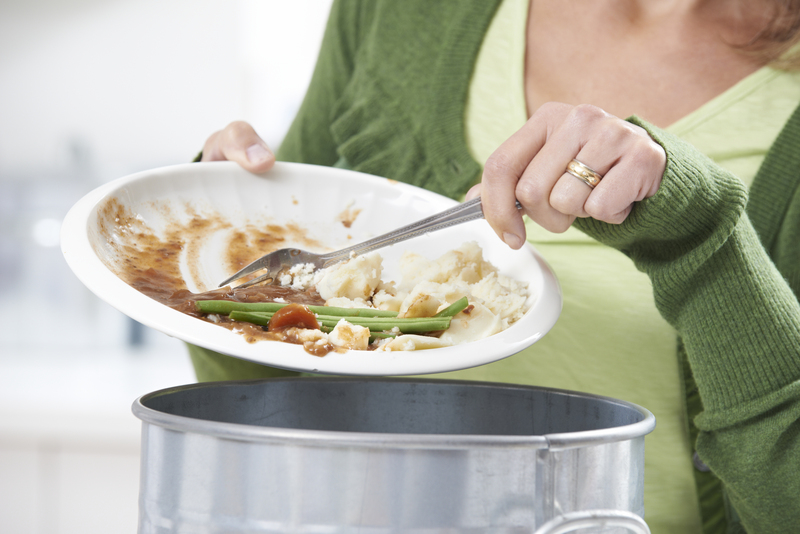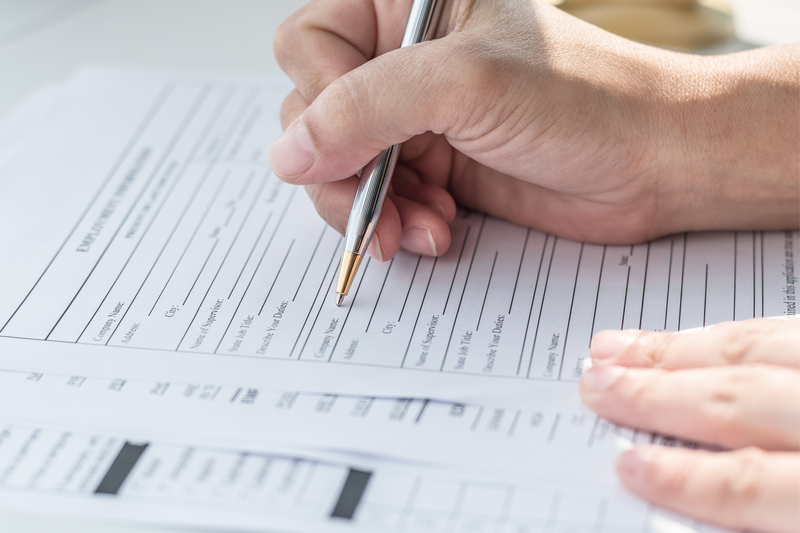Creative Approaches to Packaging and Cardboard Waste Solutions
Packaging plays an essential role in today's globalized economy. It protects products, communicates brand identity, and enables efficient transportation. However, the rapid growth of e-commerce and consumer demand has caused a dramatic increase in cardboard waste. As sustainability pressures mount, companies and consumers are searching for innovative and eco-friendly packaging solutions. In this comprehensive article, we will explore creative approaches to packaging and innovative cardboard waste solutions that benefit both the environment and businesses.

Understanding the Packaging Waste Challenge
It is estimated that packaging accounts for nearly one-third of all household waste. Out of all packaging materials, cardboard is the most commonly used, especially in shipping and product packaging. While cardboard is recyclable, inadequate disposal and contamination often hinder proper recycling efforts. The result? Billions of tons of cardboard end up in landfills every year.
Why Is Cardboard Waste a Growing Concern?
- Resource Intensive: Cardboard production involves cutting down millions of trees, consuming vast amounts of water and energy.
- Environmental Impact: Landfilled cardboard contributes to greenhouse gas emissions and loss of biodiversity.
- Recycling Challenges: Contaminated cardboard cannot always be recycled, and improper sorting reduces recycling efficiency.
- Growing consumer demands for sustainable packaging solutions are straining traditional recycling systems.
Innovations in Sustainable Packaging Design
The drive for sustainability has encouraged brands and packaging companies to rethink how they use materials and design packaging. Let's look at some of the most effective creative approaches to packaging that are combatting cardboard waste.
1. Minimizing Material Usage
- Right-Sizing Packaging: Innovative sizing software enables companies to create tailored packaging, reducing excess cardboard use.
- Eliminating Filler: Creative designs, such as molded inserts, can eliminate the need for bubble wrap or extra cardboard.
- Fold-Flat Concepts: Packaging that unfolds or comes apart for easy storage and recycling encourages consumer participation in waste reduction.
2. Incorporating Recycled and Renewable Materials
- Recycled Cardboard: Many brands now use recycled-content cardboard for their boxes, drastically reducing virgin fiber demand.
- Alternative Fibers: Packaging made from agricultural waste, bamboo, or even mushroom mycelium is entering the market as a biodegradable option.
- Water-Based Inks and Adhesives: Switching to non-toxic materials supports easier recycling and composting.
3. Smart Packaging Design
- Multi-Use Designs: Packaging that transforms into storage containers, toys, or display pieces encourages reuse.
- Easy Disassembly: Packages designed to be quickly broken down simplify recycling for consumers.
- Modular Solutions: Modular packaging caters to shipping multiple products together, saving space and reducing waste.
4. Edible and Compostable Packaging
- Edible Coatings: Starting to appear in food packaging, these coatings can protect products and be eaten or composted after use.
- 100% Compostable Materials: Brands are developing cardboard and paper that fully biodegrade, leaving no trace in landfills.
- Zero-Waste Campaigns: Some companies have adopted a zero-waste philosophy, encouraging customers to return or compost any packaging received.
Creative Cardboard Waste Solutions: Beyond Recycling
Recycling alone is not enough to solve the cardboard waste dilemma. To truly create a sustainable packaging ecosystem, we must look further, exploring cardboard reuse, upcycling, and innovative waste management techniques.
1. Circular Economy for Cardboard Packaging
- Closed-Loop Systems: Companies implement systems for collecting, cleaning, and reusing cardboard multiple times.
- Take-Back Programs: Several e-commerce retailers are piloting initiatives where consumers can return packaging for store credit or reuse.
- Community Recycling Hubs: Localized programs allow communities to pool resources for efficient cardboard collection and processing.
2. Upcycling Cardboard for New Uses
- Furniture and Art: Creative artists and designers upcycle cardboard into furniture, lighting, and even architectural structures.
- Gardening and Composting: Gardeners use cardboard as mulch, weed barriers, or in composting to enrich soil naturally.
- Educational Projects: Educational institutions turn waste cardboard into learning materials and STEM projects.
3. Leaner Supply Chains and Smart Logistics
- Demand-Driven Manufacturing: Companies utilize data-driven demand forecasting to optimize packaging production and minimize surplus.
- Eco-Friendly Shipping: Consolidated shipments and optimized logistic routes reduce the overall use of packaging materials.
- Reusable Shipping Solutions: Some businesses design packaging to withstand multiple trips, returning and reusing boxes within their networks.
4. Consumer Empowerment and Engagement
- Clear Labeling: Instructions on packaging inform consumers how to recycle or compost the material correctly.
- Reward Programs: Brands reward customers for returning or reusing packaging, offering discounts or loyalty points.
- Social Campaigns: Viral online movements challenge consumers to creatively reuse or repurpose cardboard boxes in everyday life.
Case Studies: Trailblazing Brands Leading the Way
Let's take a closer look at companies that are pioneering creative packaging and cardboard waste solutions:
IKEA's Flat-Pack Revolution
IKEA's iconic flat-pack approach not only reduces shipping costs and storage space but also minimizes cardboard waste. They've recently announced that all packaging will be made from renewable or recycled materials by 2025.
Amazon's Frustration-Free Packaging
This program eliminates unnecessary cardboard and plastic, designing boxes to be easily recycled and reusable, even rewarding suppliers for packaging that reduces waste.
Lush Cosmetics' Zero Packaging Initiatives
Lush has gone beyond cardboard, designing many products to be sold "naked" without packaging. For those products that require it, compostable and recycled options are used.
Loop's Reusable Packaging Platform
Loop partners with brands to offer consumers products in durable, reusable containers (including cases made from recycled cardboard), collected and cleaned for many reuses.
Startup Spotlight: Mushroom Packaging
Innovative startups like Ecovative are producing mushroom mycelium-based packaging, which biodegrades entirely after use, replacing traditional cardboard and foam.
How Consumers Can Contribute to Cardboard Waste Reduction
Individual action is essential in the fight against packaging waste. Here's how consumers can be part of the solution:
- Reuse Before Recycling: Always look for ways to reuse cardboard boxes for storage, shipping, or crafts.
- Proper Sorting: Ensure cardboard is dry and clean before putting it in recycling bins.
- Reduce Consumption: Combine orders and avoid unnecessary purchases that come with excess packaging.
- Get creative by upcycling old boxes into organizers, toys, or decorations.
- Support brands that champion sustainable packaging and cardboard waste reduction.

The Future of Packaging: Trends to Watch
The future of packaging and cardboard waste solutions is bright, with innovation accelerating across the industry:
Digital Watermarks for Recycling
New technologies embed invisible digital watermarks into packaging, allowing automated recycling systems to sort them more efficiently and reduce contamination.
Biodegradable and Water-Soluble Packing Materials
Expect growth in packaging materials that completely dissolve in water or soil, offering a zero-waste solution for food and fragile goods shipping.
Advanced Life-Cycle Assessments
Brands will increasingly use data analytics to measure the true environmental impact of packaging throughout its lifecycle, optimizing sustainability efforts.
Conclusion: Embracing Creative Solutions for a Sustainable Tomorrow
Addressing the cardboard waste problem requires a multifaceted approach. The most exciting developments combine technical innovation, artistic creativity, and systemic change--empowering both companies and consumers to work together for a greener planet. By adopting creative packaging solutions and reimagining cardboard waste as a valuable resource, we can usher in a new era of sustainable packaging.
Whether you are a business leader, designer, or environmentally conscious consumer, the opportunity to make a significant impact is within your grasp. Choose products that prioritize eco-friendly packaging, support recycling initiatives, and never underestimate the power of creativity in solving one of today's most pressing environmental challenges.
- Minimize excess packaging by choosing brands committed to sustainability.
- Encourage creative reuse and upcycling of cardboard waste in your community.
- Stay informed about the latest packaging innovations, and be an advocate for environmental stewardship.
Together, we can transform packaging and cardboard waste solutions from challenges into opportunities for innovation, efficiency, and environmental regeneration.